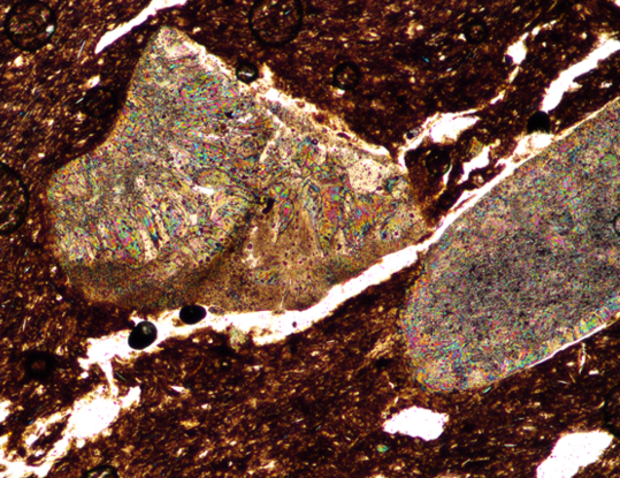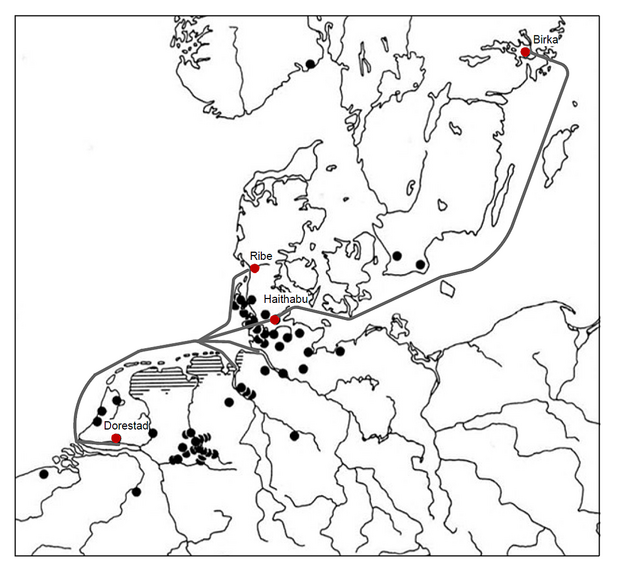Pottery traditions of Early Medieval shell-tempered pottery in northwestern Central Europe



The pottery inventories of Early Medieval settlements in the southern North Sea coast area are characterized by the presence of shell-tempered pottery. In particular, settlements between the lower Ems and the Jade Bay show large quantities of this locally produced ware during the 9th and 10th century. The vessels were tempered with crushed shell fragments, so that white, calcareous inclusions can be seen on the surface of the pottery. However, the shell fragments were often leached out in sandy ground, so that the vessels show a typical porous surface. It is of particular interest that shell-tempered pottery are also found outside the main area of distribution at the most important Early Medieval trading centers in the North and Baltic region, such as Dorestad, Ribe, Kaupang and Hedeby. In general, the occurrence of shell-tempered pottery is associated with the presence of Frisian traders. The contribution that this widespread pottery makes to the reconstruction of Early Medieval trading networks along the North and Baltic Sea coasts is correspondingly large.
In archaeological research on shell-tempered pottery, typological studies on the range of vessels have been mainly available. In contrast, technological investigations have only been carried out very rarely. This gap in research is now intended to be closed by the three-year research project funded by the German Research Foundation (DFG). A broad database is collected on technological aspects of shell-tempered pottery using various archaeometric methods, including chemical analyses and thin section studies. These analyses are carried out by Dr. Katrin Struckmeyer in cooperation with Dr. Torbjörn Brorsson.
First of all, the focus of the project is on pottery in the main distribution area of the ware in the southern North Sea coast region. The aim of these investigations is to characterize the raw materials used for the production as well as the technological features of their processing. In a further step, the collected data are serve as an important reference for a detailed determination of the provenance of shell-tempered pottery outside the core area. For this purpose, shell-tempered pottery, which occurs as foreign good in the various sites along the North and Baltic coasts, are to be included in the study. As a result, it is to be expected that these comparative studies will provide important indications of different flows of goods and trade routes of Frisian traders. The analysis of shell-tempered pottery will gain new insights into supra-regional trade, which was strongly formative for the Early Middle Ages of northwestern Central Europe.
